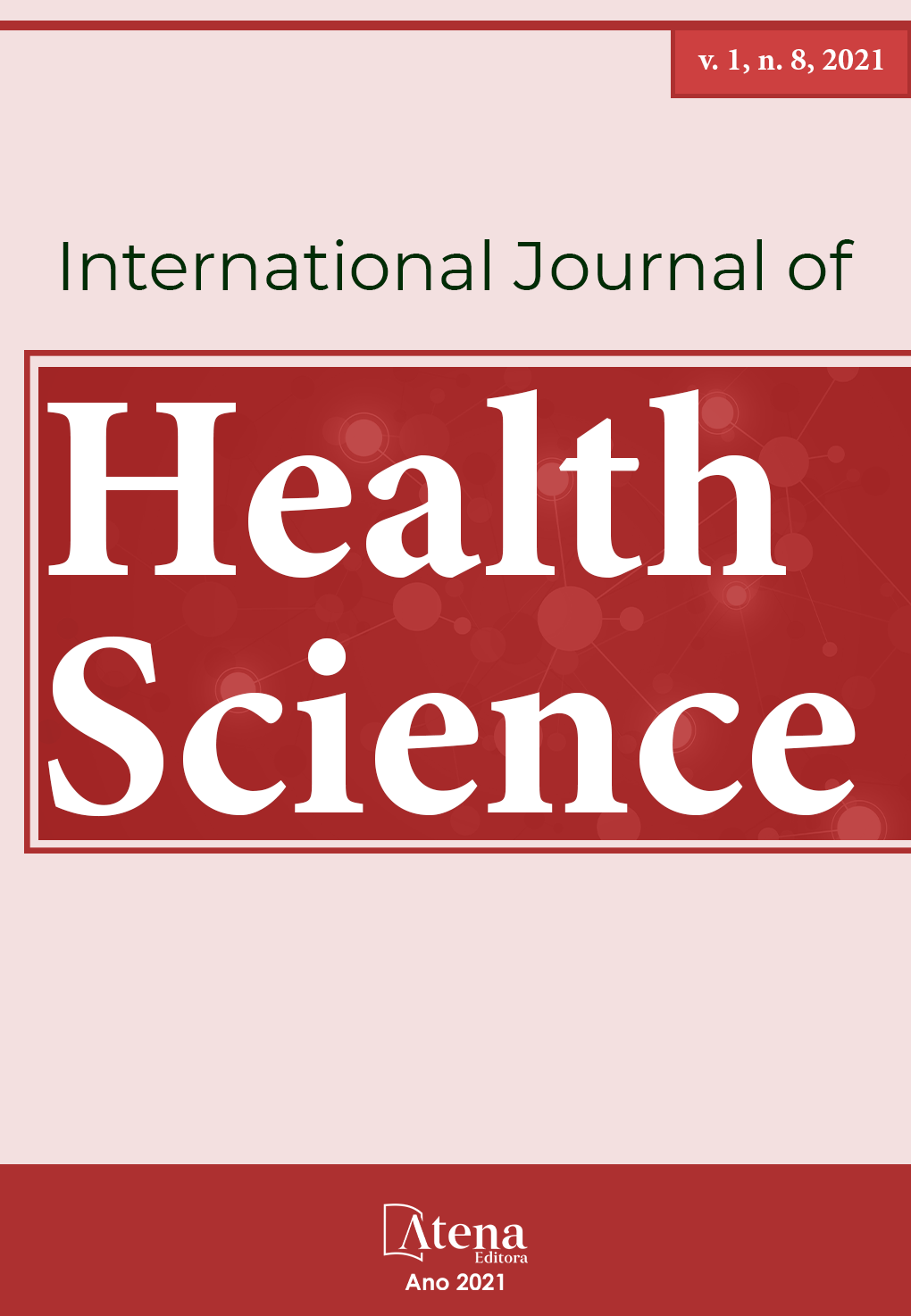
EVALUATION OF MECHANICAL CIRCULAR SUTURE IN THE CERVICAL ESOPHAGOGASTRIC ANASTOMOSIS IN PATIENTS SUBMITTED TO RESCUE ESOPHAGECTOMY AFTER CHEMORADIOTHERAPY WITH EXCLUSIVE INTENT FOR ADVANCED MALIGNANT ESOPHAGUS NEOPLASIA
Esophageal cancer is the third most frequent neoplasm of the gastrointestinal tract. As they are consumed patients and with other comorbidities, mainly cardiopulmonary, they are difficult to manage clinically and therapeutically. Chemoradiation was recommended as the exclusive treatment for esophageal cancer considered unresectable, however, low survival rates were observed. Thus, rescue esophagectomy gained space in this scenario of limited therapeutic possibilities, due to its higher survival rates. In this work, 5 patients diagnosed with malignant esophageal neoplasia who underwent previous chemoradiation (initially considered unresectable) through clinical examinations, imaging and staging to assess the possibility of salvage esophagectomy were studied. Once the indication for this surgery was confirmed, it was performed between 4 to 6 months after the end of clinical cancer treatment in the 5 patients in the study. Thus, the present scientific initiation work proposes to evaluate the complications of rescue esophagectomy after exclusive intention chemoradiation for advanced esophageal cancer with cervical esophagogastric anastomosis by mechanical circular suture, as well as if there was improvement of dysphagia and of the quality of life of these patients.
EVALUATION OF MECHANICAL CIRCULAR SUTURE IN THE CERVICAL ESOPHAGOGASTRIC ANASTOMOSIS IN PATIENTS SUBMITTED TO RESCUE ESOPHAGECTOMY AFTER CHEMORADIOTHERAPY WITH EXCLUSIVE INTENT FOR ADVANCED MALIGNANT ESOPHAGUS NEOPLASIA
-
DOI: 10.22533/at.ed.1592107125
-
Palavras-chave: Cancer, esophagectomy, mechanical suture.
-
Keywords: Cancer, esophagectomy, mechanical suture.
-
Abstract:
Esophageal cancer is the third most frequent neoplasm of the gastrointestinal tract. As they are consumed patients and with other comorbidities, mainly cardiopulmonary, they are difficult to manage clinically and therapeutically. Chemoradiation was recommended as the exclusive treatment for esophageal cancer considered unresectable, however, low survival rates were observed. Thus, rescue esophagectomy gained space in this scenario of limited therapeutic possibilities, due to its higher survival rates. In this work, 5 patients diagnosed with malignant esophageal neoplasia who underwent previous chemoradiation (initially considered unresectable) through clinical examinations, imaging and staging to assess the possibility of salvage esophagectomy were studied. Once the indication for this surgery was confirmed, it was performed between 4 to 6 months after the end of clinical cancer treatment in the 5 patients in the study. Thus, the present scientific initiation work proposes to evaluate the complications of rescue esophagectomy after exclusive intention chemoradiation for advanced esophageal cancer with cervical esophagogastric anastomosis by mechanical circular suture, as well as if there was improvement of dysphagia and of the quality of life of these patients.
-
Número de páginas: 6
- GABRIELA MARGATO PASCON
- JOSÉ LUIS BRAGA DE AQUINO


